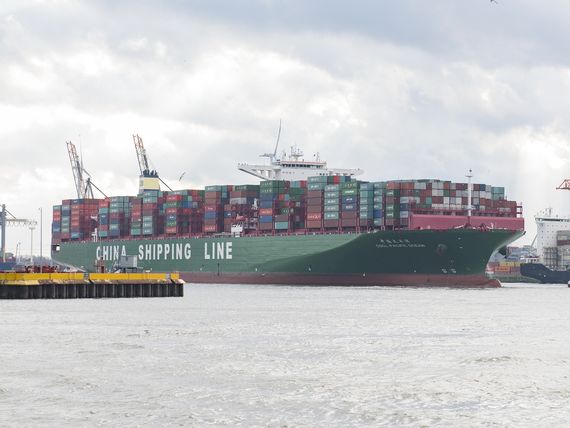China’s Belt and Road could boost global trade by 12%, ING says

June 7, 2018 - China’s Belt and Road campaign could increase global trade by as much as 12 percent by halving trading costs for countries involved in the sprawling initiative, according to an economist at ING Groep NV.
The BRI will have a significant impact on transport and trade facilitation expenses, both of which are large factors in final trading costs, Joanna Konings, senior economist for international trade analysis with ING in Holland, said in a June 6 report.
“Trade between Asia and Europe, not including trade between EU countries, accounts for 28 percent of world trade, so making those trade flows easier has a large potential impact,” Konings said in the report. “The size of this impact depends on the sensitivity of trade to changes in relative costs.”
In her analysis, Konings considered three scenarios which vary the number of countries affected by the initiative, while assuming a 50 percent drop in costs. In the most conservative case, which includes only countries along the Eurasian economic corridor - China, Kazakhstan, Russia, Belarus and Poland—the plan will boost global trade by 4 percent.
In the most optimistic scenario involving both BRI countries and their partners, nations in central Asia and eastern Europe would see the biggest increases. Trade for Russia, Kazakhstan, Poland, Nepal and Myanmar would rise by an estimated 35 percent to 45 percent, while China would see its trade jump by about 20 percent.
The most important variable, however, is how fast trading costs fall, and that is dependent on how long the BRI policy exists, according to Konings. Projects currently under construction are expected to be finished in the next five years, with more likely to be announced. As a result, costs will likely take anywhere from five to 10 years to fall, Konings wrote.
“If trade costs are slow to fall, effects on world trade growth will be small in any given year,” she said. However “significant falls in trade costs, even over a long period, could lead to large impacts on international trade.”
Source: Bloomberg


